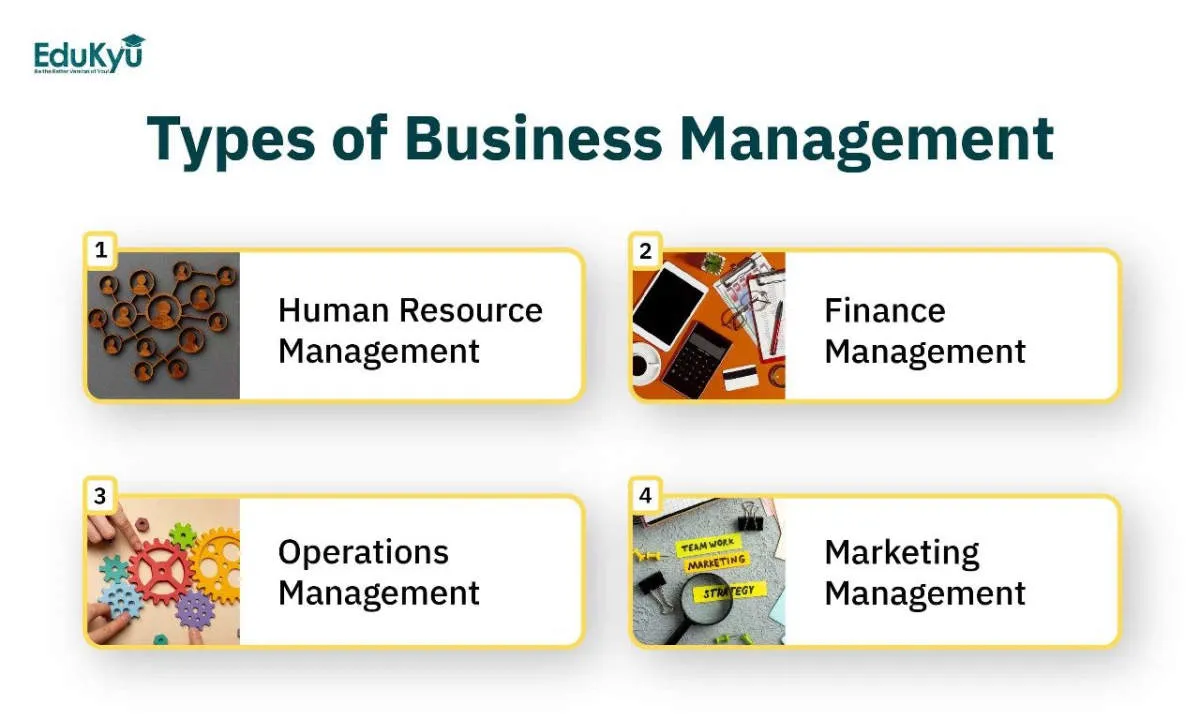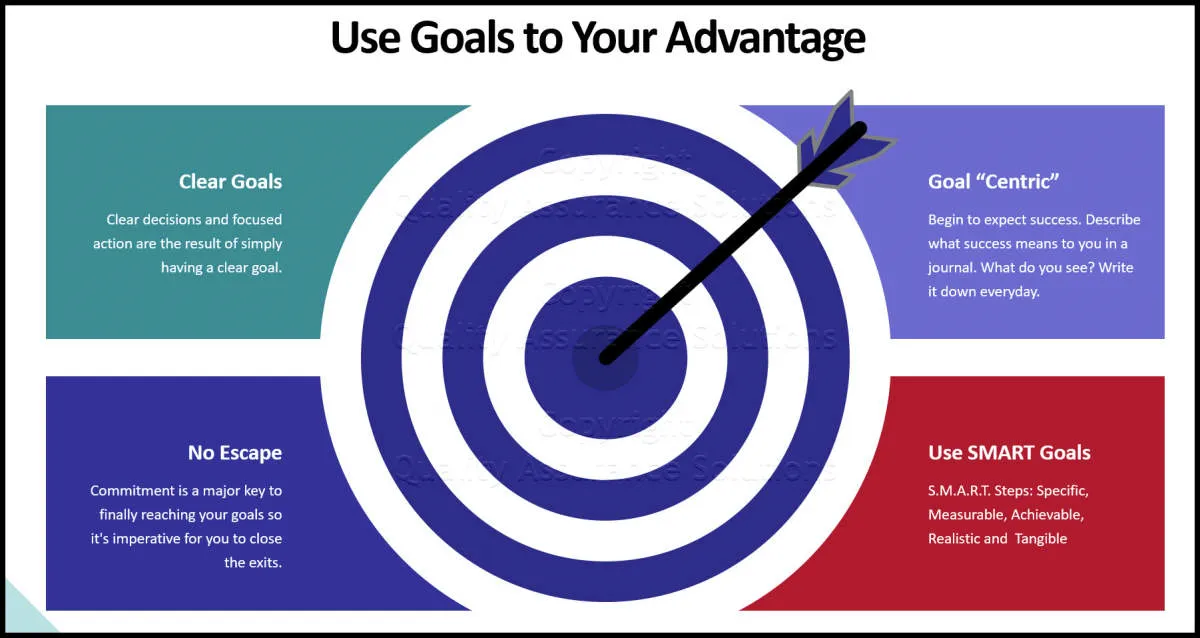Discover essential strategies and tools to enhance the efficiency and success of small enterprises with our in-depth guide on effective business management techniques. Unlock the key methods for improving operations, increasing profitability, and achieving sustainable growth in your business.
Understanding Business Management

Business management, at its core, is the art and science of getting work done through others. It involves planning, organizing, directing, and controlling resources (human, financial, and physical) to achieve specific organizational goals efficiently and effectively. For small enterprises, effective business management is even more crucial as it can determine their survival and growth in competitive markets.
Key aspects of business management relevant to small enterprises include:
- Planning: This involves setting realistic short-term and long-term goals, and developing strategies to achieve them. It also includes forecasting future trends, analyzing the competitive landscape, and identifying potential risks and opportunities.
- Organizing: Creating an effective organizational structure is key. This involves defining roles and responsibilities, establishing communication channels, and allocating resources efficiently.
- Directing: This involves leading and motivating employees to achieve the organization’s goals. Effective communication, delegation, and conflict resolution are crucial aspects of directing.
- Controlling: This involves monitoring progress towards goals, identifying deviations from plans, and taking corrective actions. This also includes establishing performance metrics, analyzing financial data, and ensuring compliance with regulations.
Setting Clear Goals and Objectives

One of the most critical aspects of effective business management, especially for small enterprises, is the establishment of clear and concise goals and objectives. This provides a roadmap for your business, guiding decision-making, resource allocation, and progress tracking.
Defining SMART Goals
When setting goals, utilize the SMART framework to ensure they are:
- Specific: Clearly defined and focused on a particular area for improvement.
- Measurable: Quantifiable with specific metrics to track progress and success.
- Attainable: Realistic and achievable within the given resources and timeframe.
- Relevant: Aligned with the overall mission and vision of your business.
- Time-bound: Associated with a defined timeline and deadlines to maintain momentum.
The Importance of Alignment
Ensure your goals and objectives cascade throughout your entire organization. Each department and individual should understand how their work contributes to the bigger picture. This creates a sense of shared purpose and accountability, fostering a more engaged and productive workforce.
Regular Review and Adaptation
The business environment is dynamic, and your goals should be flexible enough to adapt to change. Regular reviews and assessments allow you to track progress, identify potential roadblocks, and adjust strategies as needed. This iterative approach ensures you remain agile and responsive to market shifts and emerging opportunities.
Efficient Time Management

Time is a precious commodity, especially for small business owners. Efficient time management is crucial for maximizing productivity, reducing stress, and achieving business goals. Here are some essential time management techniques for small enterprises:
1. Prioritize and Delegate Tasks
Identify high-priority tasks that require your immediate attention and delegate less critical activities to employees or freelancers. This frees up your time to focus on strategic decision-making and core business functions.
2. Set Realistic Goals and Deadlines
Break down large projects into smaller, manageable tasks with realistic deadlines. Avoid overwhelming yourself with unrealistic expectations, and celebrate small wins along the way to stay motivated.
3. Utilize Time Tracking Tools
Employ time tracking software or apps to monitor how you spend your time. This helps identify time-wasting activities and areas where you can improve efficiency.
4. Implement the Pomodoro Technique
The Pomodoro Technique involves working in focused 25-minute intervals, separated by short breaks. This technique can enhance concentration and prevent burnout.
5. Schedule Time for Emails and Communication
Instead of constantly checking emails throughout the day, allocate specific time slots for managing communication. This reduces distractions and promotes a more focused workflow.
6. Learn to Say No
Don’t be afraid to decline additional tasks or commitments that don’t align with your business goals or available time. Saying no politely preserves your time and prevents overstretching yourself.
Building a Strong Team

A cohesive and high-performing team is the backbone of any successful small enterprise. To build a strong team, consider these key strategies:
1. Recruit Wisely
Effective team building starts with attracting the right talent. Clearly define job roles and responsibilities, and seek individuals who not only possess the necessary skills but also align with your company culture and values. Consider conducting behavioral interviews to assess cultural fit alongside technical proficiency.
2. Communicate Clearly and Openly
Transparent and consistent communication is crucial for building trust and fostering a collaborative environment. Encourage open dialogue, actively listen to your team’s ideas and concerns, and provide regular updates on company goals, progress, and challenges.
3. Foster a Positive Work Environment
A positive and supportive work environment can significantly impact team morale and productivity. Create a workplace where employees feel valued, respected, and motivated. Encourage teamwork, celebrate successes, and provide opportunities for professional growth and development.
4. Delegate Effectively
Effective delegation empowers team members, builds trust, and enhances productivity. Clearly communicate expectations, provide the necessary support and resources, and trust your team to handle assigned tasks. Delegation allows you to focus on strategic initiatives while developing your team’s skills and leadership potential.
5. Encourage Collaboration and Teamwork
Promote a collaborative culture by encouraging teamwork and cross-functional collaboration. Implement team-building activities, establish shared goals and objectives, and recognize and reward collective achievements. Foster an environment where team members feel comfortable sharing ideas, supporting each other, and working together to achieve common goals.
6. Provide Regular Feedback and Recognition
Regular feedback and recognition are essential for employee growth and motivation. Provide constructive criticism to help team members improve, recognize and celebrate individual and team accomplishments, and offer opportunities for professional development and advancement. By showing appreciation for their contributions, you can foster a sense of value and commitment within your team.
Implementing Effective Marketing Strategies

Small enterprises often face significant challenges in competing with larger, more established businesses. One area where small businesses can gain a competitive advantage is through effective marketing. By implementing smart, targeted strategies, small enterprises can reach their desired audience, build brand awareness, and drive sales growth. Here’s how:
1. Know Your Target Audience
Before launching any marketing campaign, it’s essential to identify and understand your target audience. Who are your ideal customers? What are their needs, pain points, and aspirations? By creating detailed buyer personas, you can tailor your messaging and channel selection to resonate with the right people.
2. Leverage the Power of Digital Marketing
In today’s digital age, an online presence isn’t optional, it’s essential. Small businesses should leverage digital marketing channels such as:
- Search Engine Optimization (SEO): Optimize your website and content to rank higher in search engine results pages (SERPs).
- Social Media Marketing: Engage with your target audience on social media platforms like Facebook, Instagram, and Twitter.
- Email Marketing: Build an email list and nurture relationships with leads and customers through targeted email campaigns.
- Content Marketing: Create and share valuable, informative, and engaging content to attract and retain a clearly defined audience.
3. Build a Strong Brand Identity
A strong brand identity helps you stand out from the competition and build trust with your audience. Develop a unique brand name, logo, color scheme, and messaging that reflects your business values and resonates with your target market.
4. Engage in Local Marketing and Networking
Don’t underestimate the power of local marketing. Participate in community events, sponsor local organizations, and network with other businesses in your area. Building relationships within your community can lead to valuable partnerships and referrals.
5. Track and Measure Your Results
It’s crucial to track the performance of your marketing campaigns to understand what’s working and what’s not. Use analytics tools to measure website traffic, social media engagement, email open rates, and other key metrics. Continuously analyze the data, make adjustments to your strategies, and optimize for better results.
Financial Management for Small Businesses

Sound financial management is the backbone of any successful small business. It’s not just about crunching numbers, but about understanding your business’s financial health and making informed decisions to drive profitability and growth.
Key Aspects of Small Business Financial Management:
- Budgeting and Forecasting: Creating a realistic budget and forecasting future cash flow is crucial. This involves estimating income and expenses, allowing you to anticipate potential shortfalls and allocate resources effectively.
- Cash Flow Management: Monitoring and managing cash flow is essential for day-to-day operations and long-term sustainability. Track your incoming and outgoing cash closely, optimize payment terms with suppliers, and have strategies in place to handle seasonal fluctuations or unexpected expenses.
- Financial Reporting and Analysis: Regularly review financial statements (income statement, balance sheet, cash flow statement) to gain insights into your business’s performance. Analyze key financial ratios to identify trends, strengths, and areas for improvement.
- Pricing Strategies: Setting the right prices for your products or services is critical. Factor in all costs, including materials, labor, and overhead, while remaining competitive within your market.
- Inventory Management: Striking a balance between having enough inventory to meet demand and avoiding excess stock that ties up cash is crucial. Implement inventory management systems to track levels and minimize waste.
- Debt Management: Understand the different types of financing available (loans, lines of credit, etc.) and carefully consider the terms and interest rates before taking on debt. Use debt strategically for growth opportunities.
- Financial Technology: Embrace accounting software and financial management tools to streamline processes, automate tasks, and improve accuracy in your financial data.
- Seeking Professional Advice: Don’t hesitate to consult with a qualified accountant or financial advisor, especially during critical financial decisions or when navigating complex tax regulations.
Conclusion
In conclusion, implementing efficient management techniques is crucial for the success of small enterprises in today’s competitive business environment.

